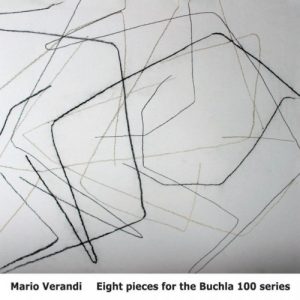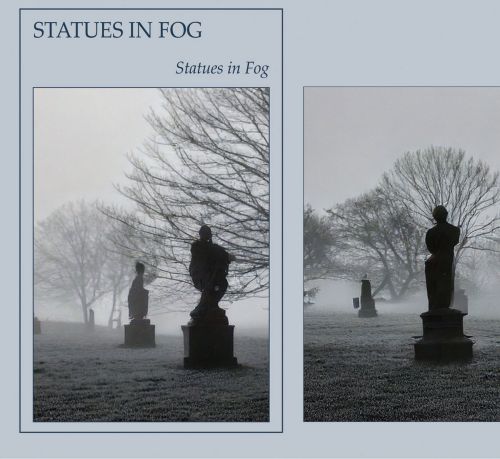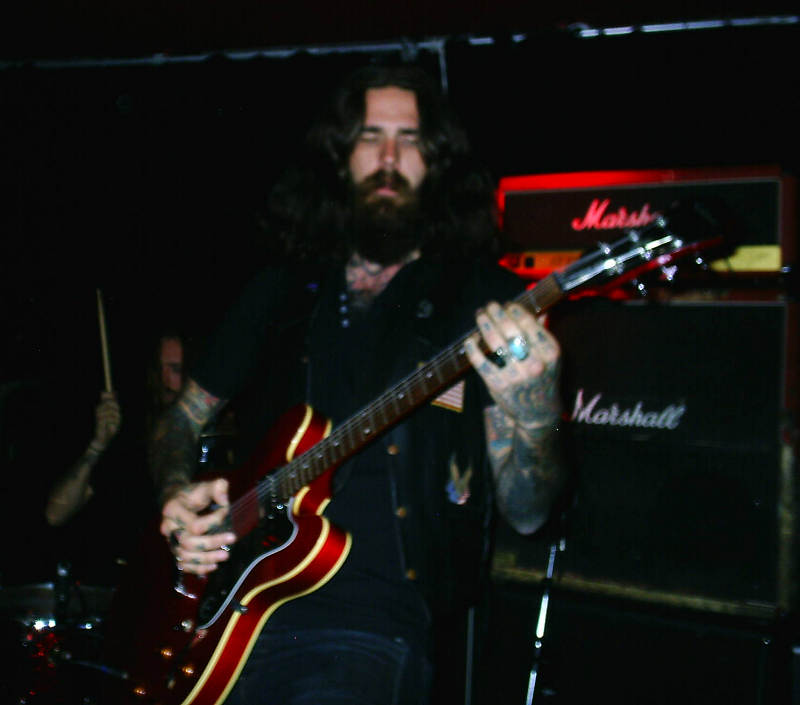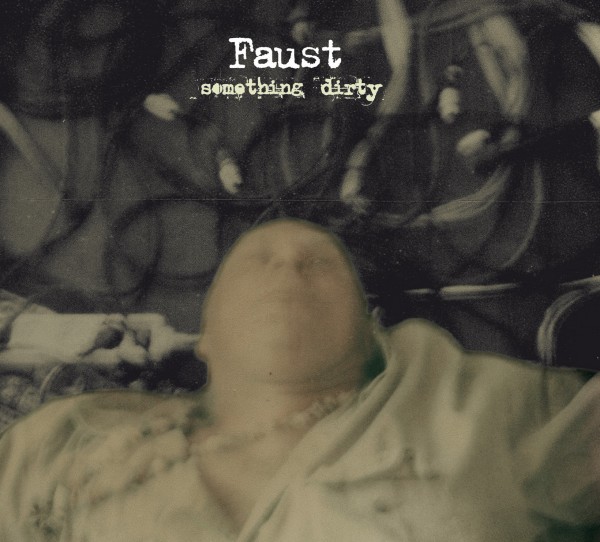 The Buchla 100 series is a modular synthesizer designed by Don Buchla in the 1960s. The instrument was championed by Suzanne Ciani, whose name, among many others, became synonymous with the instrument and what looked like a complex way you had to programme it.
The Buchla 100 series is a modular synthesizer designed by Don Buchla in the 1960s. The instrument was championed by Suzanne Ciani, whose name, among many others, became synonymous with the instrument and what looked like a complex way you had to programme it.
During an artist residency in Austria, Argentinian-born Mario Verandi decided he was going to explore the instrument that was housed in the Ernst Krenek Institut in Krems. Aiming more towards the experimental angle at using the instrument, Verandi has constructed eight very distinct pieces showcasing what the 100 is capable of, while also making us realise that there are still potentially new sounds to be discovered from this instrument. His feel for the instrument is very abstract minimalism, but he delves deep into the 100’s sonic levels, giving us a mixture of early Tangerine Dream mixed with Japanese minimalist artists such as Satoshi Ashikawa.
“Modul 1” points the direction very clearly as a series of chirps and bleeps are mixed with low end melody delving into some ’50s / ’60s science fiction soundtracks like Forbidden Planet. However, Verandi’s style explores the sounds in more of a soundtrack for installations way as, rather than space rock pastiche, they touch on something similar to Brian Eno’s ambient work. “Modul 2” has more of a rhythmic aspect as he gets the instrument to sequence as he changes pitch, producing a strange melodic flow that would work well on parts of a soundtrack to Fritz Lang’s Metropolis. This is a more mechanical sound than the first piece and is oddly reminiscent of early Kraftwerk in its feel. “Modul 3” is busier, with notes falling over each other like a speedier version of Karlheinz Stockhausen. The notes are bell-like and atonal, with the odd screeching synth sound overlaying its more experimental backing. “Modul 4” has a deep bass throb, and high-pitched timbres that whoosh and robotically create melody from a few simple notes. “Modul 5” drifts in the air and feels like the most interesting piece on the album; it reminds me of David Sylvian’s work with Holger Czukay in feel, even when the rhythmic pattern hits in the space beneath that carries the piece and leaves sounds stranded in the air for a while. The bass caries it through, and the 100 twitters over the top as there is a slightly urgent tone emerges.“Modul 6” begins with Hawkwind-like space whooshes; but the piece soon deconstructs itself into something more experimental, using the deep bass sounds that only the 100 can truly do in style. The throb continues throughout the piece and adds an air of uncertainty to its overall vibe. “Modul 7” has elements of Yoshio Ojima and Satsuki Shibano’s environmental sound work; it is atmospheric with added glitches of noise added in. “Modul 8” again seems to use some type of sequencing to make up its rhythm, and also uses plenty of John Cage-inspired space between the sounds to let the listener’s ear fill in anything they feel is missing.
Verandi’s work here is an exceptional exploration of twenty-first century minimalism using a device from the last century. This is music as art, complex like an abstract painting, but equally rewarding the more you explore into the mechanisms of it. The eight pieces represent an experiment in sound and the discovery of a new instrument where the composer only had a limited time to explore its permutations.-Gary Parsons-



